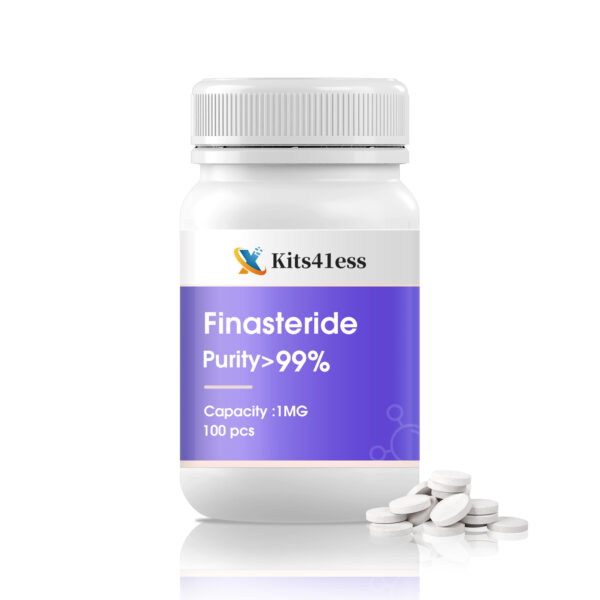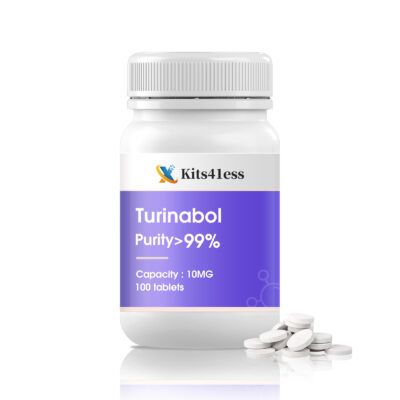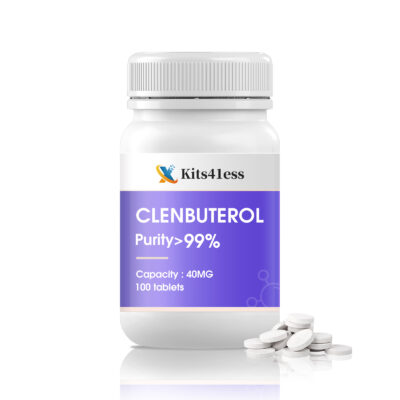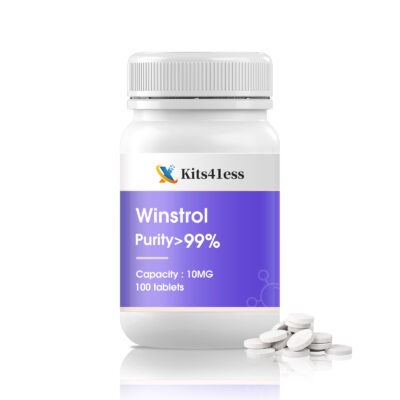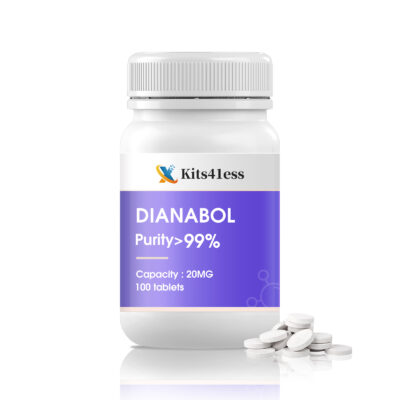Finasteride
$20.00
DIANABOL-20mg, with methandrone as its core ingredient, is a “high-dose radical” among anabolic steroids. With its powerful efficacy and high risk characteristics, it has attracted widespread attention in the field of fitness and competitive sports, and has also been controversial due to legal restrictions.
In terms of ingredients and effects, its chemical structure determines that it can quickly bind to androgen receptors after oral administration, accelerate protein synthesis, and stimulate erythrocyte production and glycogen synthesis. In terms of muscle gain, users can achieve 8-12 kg of lean muscle growth in 4-6 weeks with training and diet, making the body quickly full and strong; in strength training, the load-bearing capacity of squats, bench presses, etc. is greatly improved, and the explosive power is significantly enhanced, helping to break through the training bottleneck; it can also enhance endurance, accelerate muscle recovery, and support high-frequency and high-intensity training, but it is also easy to cause excessive consumption of the body.
Description
Finasteride Product Introduction
Finasteride (finasteride, a 4-azasteroid compound, has important application value in the medical field. It has significant therapeutic effects on diseases such as male androgenic alopecia and benign prostatic hyperplasia by inhibiting the activity of specific enzymes in the body and regulating hormone levels. However, during use, attention should also be paid to its potential side effects and restrictions on the applicable population.
I. Basic characteristics
(I) Ingredients and structure
The chemical name of finasteride is N-(1,1-dimethylethyl)-3-oxy(15α,17β)-4-azaandrost-1-ene-17-carboxamide, and its chemical formula is C₂₃H₃₆N₂O₂. Its unique chemical structure enables it to specifically bind to type II 5α-reductase, an enzyme that converts testosterone into more active dihydrotestosterone (DHT). Finasteride reduces DHT by inhibiting the activity of this enzyme. , thereby exerting a therapeutic effect.
(II) Dosage form and specification
Common dosage forms include tablets and capsules. When treating different diseases, the specifications used are different. The specification used to treat androgenic alopecia is usually 1mg/tablet (grain); while the specification used to treat benign prostatic hyperplasia is generally 5mg/tablet (grain). The packaging of different specifications is commonly 10 tablets/box, 30 tablets/box, etc., which is convenient for patients to purchase and use according to the course of treatment.
(III) Mechanism of action
Type II 5α-reductase in the human body is mainly present in the skin, hair follicles and prostate tissue. After entering the human body, finasteride can form a stable complex with type II 5α-reductase, making it inactive, thereby inhibiting the conversion of testosterone to dihydrotestosterone. . In the treatment of androgenic alopecia, dihydrotestosterone is the key factor that causes hair follicle atrophy, hair thinning and softening until it falls off. Reducing dihydrotestosterone can delay the process of hair loss and promote hair growth; in the treatment of benign prostatic hyperplasia, dihydrotestosterone stimulates prostate cell proliferation, and reducing its level helps to reduce the size of the prostate and relieve symptoms such as frequent urination, urgency, and dysuria.
2. Clinical application
(I) Treatment of androgenic alopecia
Applicable population: It is suitable for the treatment of male androgenic alopecia. It can significantly reduce the concentration of dihydrotestosterone in the scalp and serum, thereby delaying the process of hair loss, increasing hair density, and improving the appearance of hair loss. It is generally recommended for men aged 18-41. For older patients or patients with other serious diseases, it is necessary to decide whether to use the medicine after evaluation by a doctor.
Treatment effect: Most patients can observe a reduction in hair loss after 3 months of continuous use; after 6-12 months of use, it can be seen that new hair increases and becomes thicker; continuous use for 1-2 years can achieve better hair improvement effects . However, continuous medication is required to maintain the efficacy. After stopping the medication, the hair loss state may gradually return to the state before treatment.
Usage: The recommended dose is 1 mg once a day, orally, and can be taken with food or alone. During medication, it is necessary to pay attention to maintaining a regular medication time to maintain a stable blood drug concentration.
(II) Treatment of benign prostatic hyperplasia
Applicable population: Used to treat and control benign prostatic hyperplasia (BPH), especially for patients with symptomatic BPH, it can reduce the risk of acute urinary retention, as well as the risk of transurethral resection of the prostate (TURP) and prostatectomy. It is generally suitable for middle-aged and elderly men with enlarged prostate volume and lower urinary tract symptoms.
Therapeutic effect: After taking finasteride 5mg for 6-12 months, the prostate volume can be reduced by about 18%-28%, and urination symptoms can be significantly improved, such as increased urine flow rate, reduced urinary frequency and urgency. Long-term use can stabilize the condition and reduce the incidence of complications.
Usage: The recommended dose is once a day, each time 5mg, oral. Regular follow-up is required during treatment, and the doctor will adjust the treatment plan according to the patient’s symptom improvement, prostate volume changes and blood prostate-specific antigen (PSA) levels.
III. Dosage and Administration
(I) Individualized Adjustment
The specific dosage and administration of finasteride needs to be adjusted individually according to the patient’s age, severity of the disease, physical condition and other factors. For example, for patients with hepatic and renal insufficiency, although finasteride has not been found to have a significant effect on liver and kidney function, it still needs to be used with caution under the guidance of a doctor, and the dose should be adjusted or the medication interval should be extended if necessary.
(II) Contraindications for Children and Pregnant Women
Finasteride is not suitable for children because its effect on children’s growth and development is still unclear. At the same time, pregnant women and women who may become pregnant are strictly prohibited from contacting or using finasteride, because the drug may cause malformation of the external genitalia of male fetuses. Women should also avoid contact with drug powder when handling broken finasteride tablets.

